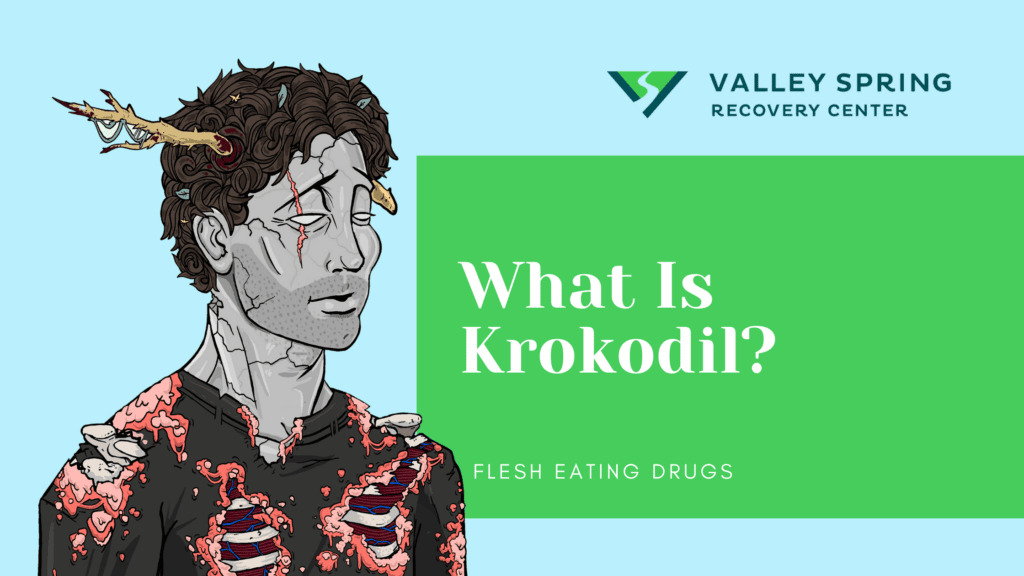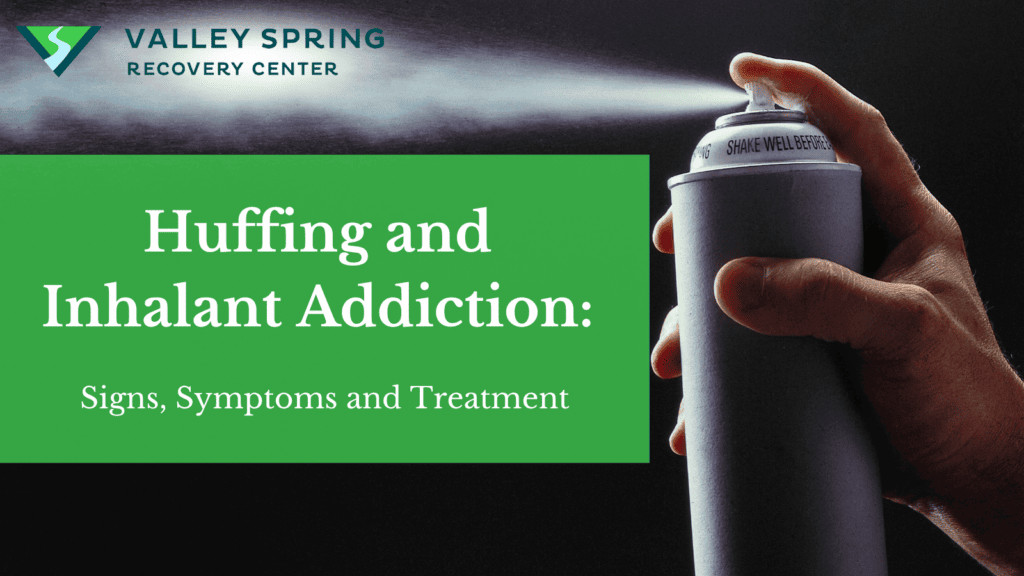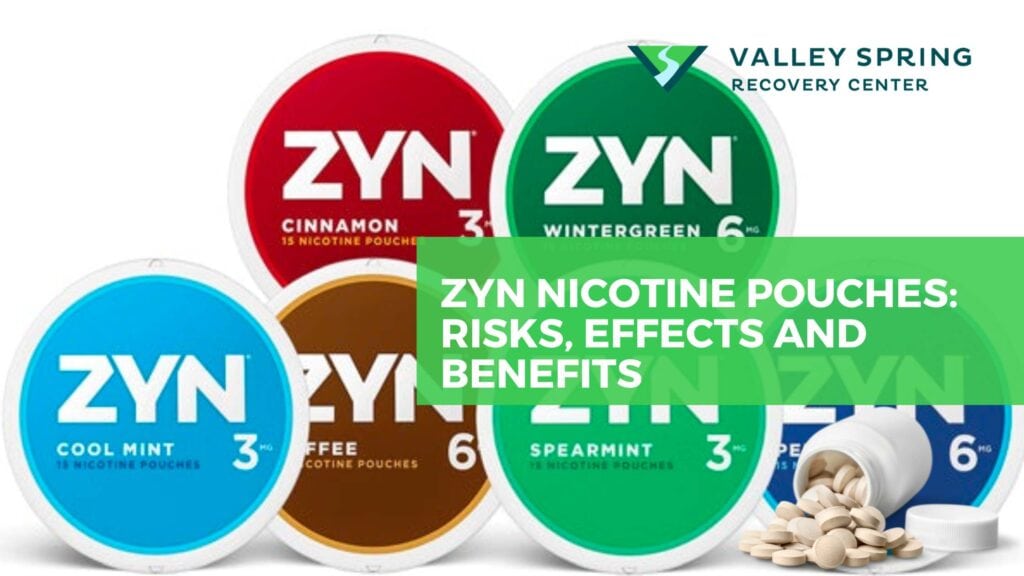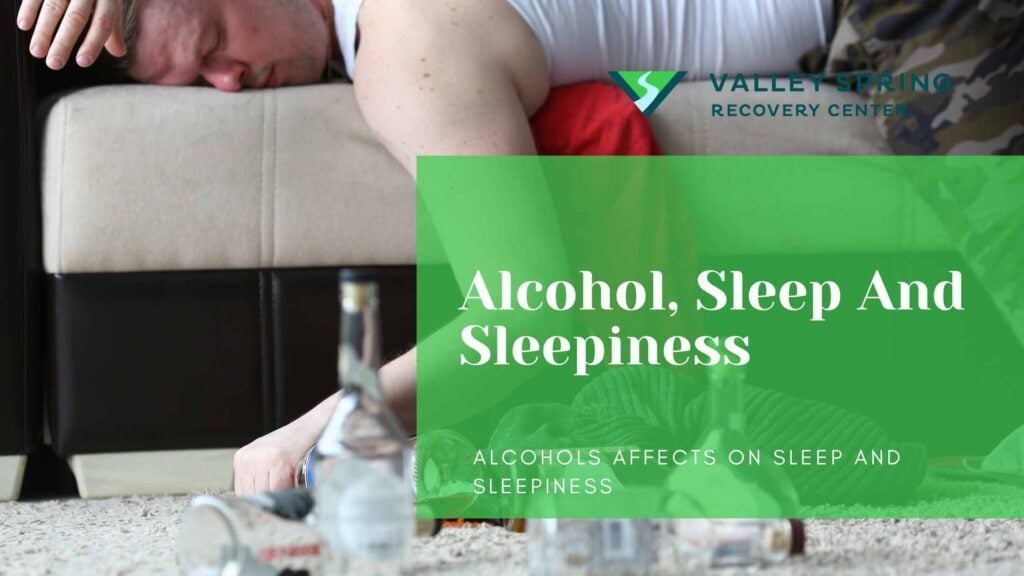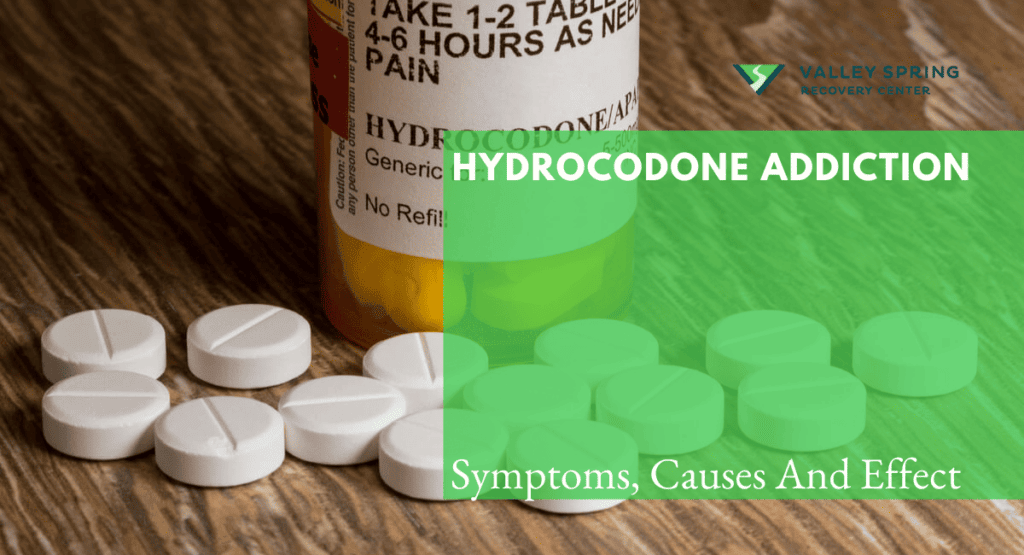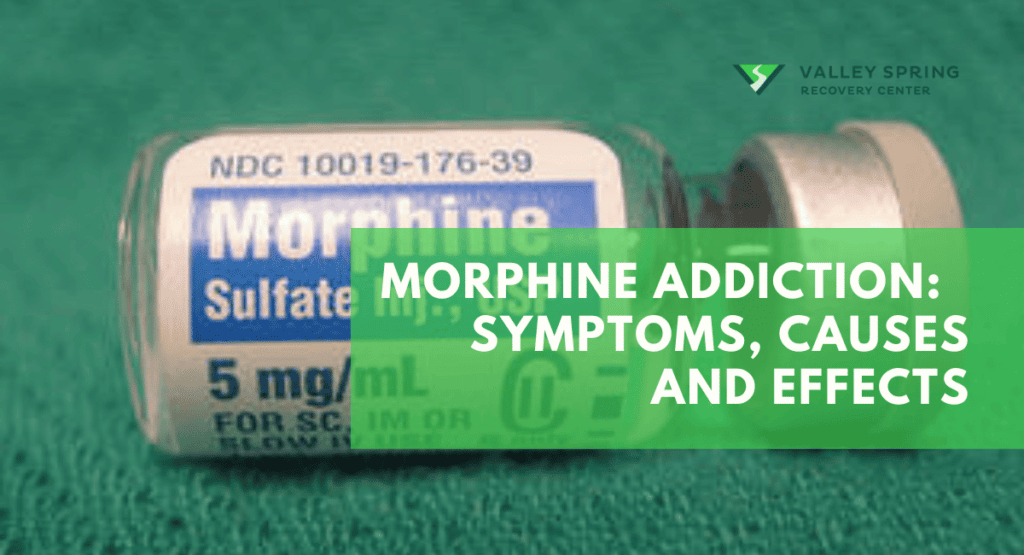Krokodil addiction represents one of the most severe and destructive forms of drug abuse, primarily affecting parts of Eastern Europe and Russia. Krokodil, also known as desomorphine, gained notoriety for its horrifying effects, including flesh-eating symptoms. Originating in Russia in the early 2000s as a cheaper alternative to heroin, the drug is synthesized using codeine and toxic household ingredients like gasoline, iodine, and hydrochloric acid.
The effects of krokodil are devastating, both physically and mentally. It produces a high similar to heroin but is far more potent and dangerous. The drug’s potency is coupled with a significantly shorter high, often compelling users to take frequent doses, which exacerbates its harmful effects.
Krokodil’s most notorious and chilling symptom is its flesh-eating effect. Users often develop severe tissue damage, infections, and gangrene at the injection sites. This gruesome side effect is primarily due to the toxic and corrosive substances used in the drug’s homemade synthesis, which cause severe damage to the skin, muscle, and bone.
Understanding the origin, effects, and symptoms of krokodil addiction is crucial for public health awareness and interventions. The drug’s rapid physical deterioration of users underscores the urgent need for effective addiction treatment and prevention strategies.
What is Krokodil?
Krokodil, or Desomorphine, is a semi-synthetic opioid from Russia, made from codeine and toxic substances like gasoline or hydrochloric acid. Named after the Russian word for crocodile, it refers to the scaly skin at injection sites.
Krokodil is an analog of morphine but is estimated to be 8-10 times more potent. Krokodil addicts continue to use the drug despite the severe consequences that come with use such as severe skin conditions, tissue death, and gangrene all of which actually make users look like they are decaying.
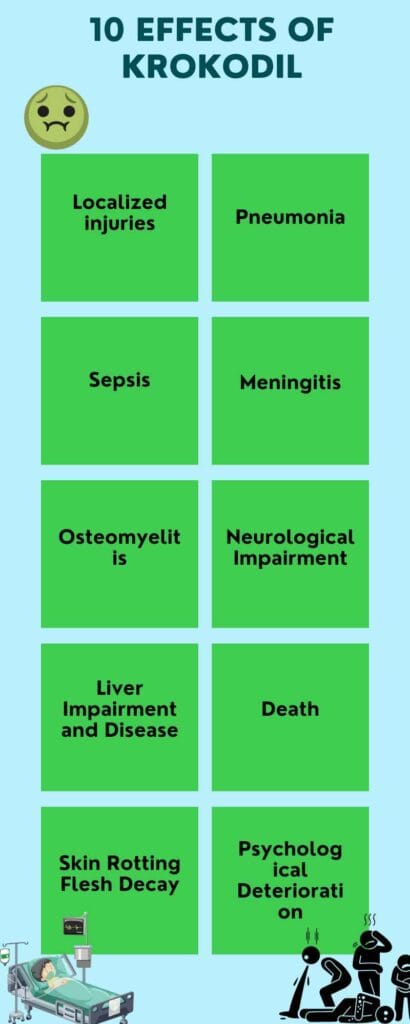
What Are The Negative Health Effects Of Krokodil?
The 10 health consequences of Krokodil according to California Poison Control are listed below:
- Localized injuries
- Pneumonia
- Sepsis
- Meningitis
- Osteomyelitis and osteonecrosis
- Neurological impairments such as motor and memory issues
- Liver and renal impairment
- Death
- Skin Rotting and decay
- Psychological deterioration
What Is The “Flesh-Eating” Aspect Of Krokodil?
One of the most horrifying effects of Krokodil is its impact on the skin. The drug is highly corrosive, causing tissue necrosis that leads to gangrene and open sores. In extreme cases, the bones and tendons become visible as the flesh deteriorates, earning the drug its “flesh-eating” moniker.
What Is The Difference Between Krokodil and Tranq?
Tranq and Krokodil, though chemically distinct, both induce similar harmful effects like necrotic lesions, and deteriorating skin and muscle. Krokodil is a mix of prescription drugs and household items, and Tranq, or Xylazine, depresses the central nervous system, causing sedation.
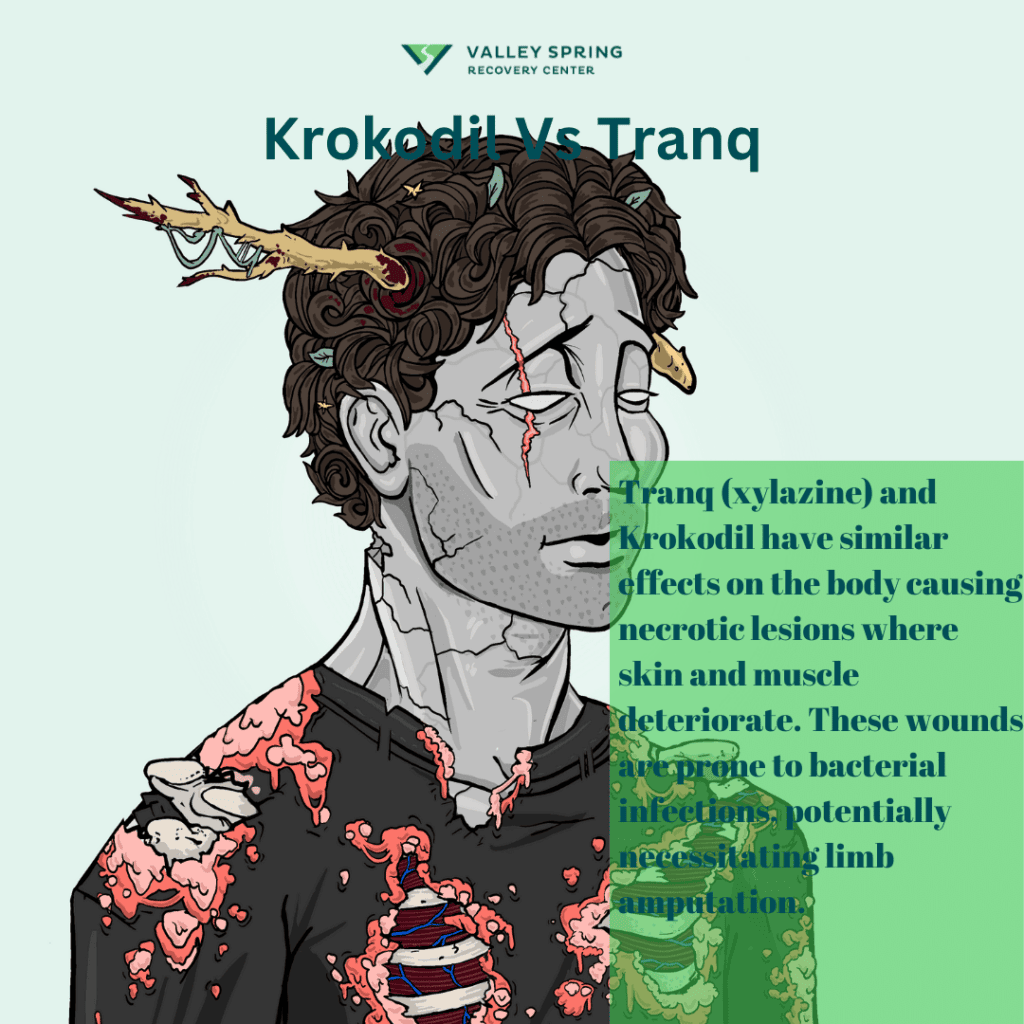
According to authoritative sources like the DEA and CDC, Xylazine has been linked to severe skin conditions, including ulcers and necrosis, which is the medical term for tissue rot. These adverse effects can escalate to the point where amputation becomes necessary. Both drugs are extremely potent with Krokodil estimated to be 8-10 times stronger than morphine, surpassing even heroin and fentanyl. The California Poison Control lists a range of severe side effects for Krokodil, including but not limited to pneumonia, sepsis, meningitis, and osteonecrosis. Xylazine or Tranq is responsible for the climbing opiate overdose rate with one study from 10 US cities showing xylazine was involved in less than 1% of drug overdose deaths in 2015 and in nearly 7% in 2020 (Friedman J, Montero F, Bourgois P, et al. Drug and alcohol dependence. 2022).
While both drugs can cause severe skin deterioration, Krokodil’s effects are generally more extreme. Drugs.com notes that Krokodil frequently leads to severe vein damage, soft tissue infections, necrosis, and gangrene. In contrast, Xylazine’s impact, although severe, is less catastrophic when it comes to skin conditions.
Both drugs pose significant risks, including:
- Localized injuries
- Neurological impairments such as motor and memory issues
- Liver and renal impairment
- Death
Why is Krokodil So Dangerous?
The extreme danger of Krokodil lies in its impurities and corrosive ingredients. Unlike pharmaceutical-grade opioids, Krokodil is often produced in makeshift labs, leading to a high concentration of toxic substances. These impurities exacerbate the drug’s already severe health risks.
What Are the Immediate Health Risks of Using Krokodil?
The immediate health risks of using krokodil include severe skin ulcers, infections, gangrene, and damage to veins and soft tissue. Users also face a high risk of overdose, which can lead to respiratory depression, coma, and death. The toxic ingredients in krokodil can also cause damage to internal organs, including the brain, liver, and kidneys.
What is Tranq and How Does It Differ from Krokodil?
Tranq, short for tranquilizers, often refers to benzodiazepines or other sedative drugs used illicitly. Unlike krokodil, which is an opioid, tranq drugs are primarily central nervous system depressants. They differ in their chemical composition, effects, and the health risks they pose, although both can be highly addictive and dangerous.
Why Do People Use Krokodil Despite Its Dangers?
People may use krokodil due to its low cost and high potency, especially in regions where heroin is expensive or difficult to obtain. The rapid and intense high it provides can also be a factor. However, lack of awareness about its severe side effects plays a significant role in its use.
What Are the Long-Term Effects of Krokodil Use?
The long-term effects of krokodil use include chronic skin infections, irreversible limb damage requiring amputation, severe scarring, and damage to internal organs. Long-term users may also suffer from neurological impairments, including memory loss, impaired concentration, and motor skill difficulties.
How Can Communities Prevent the Spread of Krokodil Addiction?
Communities can prevent the spread of krokodil addiction by increasing awareness of its dangers, providing support and resources for addiction treatment, and implementing harm reduction strategies. Education programs and access to safe, effective treatment options for opioid addiction are also crucial.
What Is the Legal Status Of Krokodil?
Due to its extreme health risks, Krokodil is illegal in most countries. However, its low production cost and high potency make it an attractive option for those who can’t afford or access other opioids, perpetuating a cycle of abuse and devastation.
Can Krokodil Addiction Be Treated?
Krokodil addiction can be treated, but it requires immediate and comprehensive medical and psychological care. Krokodil is an opiate but because of the extra chemicals that it is created with, the detox symptoms are severe and sometimes fatal without the right care and also depending on how far the physical harm to the body has progressed. Treatment typically involves detoxification, medication-assisted treatment to manage withdrawal symptoms, and long-term rehabilitation programs. Psychological support and therapy are crucial due to the severe physical and mental health issues associated with krokodil use.
Where to get Treatment for Opiate Abuse
If you or someone you care about is struggling with hash or opiate addiction, there is effective addiction help available in New Jersey. At our Drug and alcohol rehab in New Jersey, we use personalized, evidence-based care to help people get on the road to recovery.
Contact our knowledgeable and compassionate admissions team to learn more about the types of addiction treatment we offer. They are on hand 24/7 to provide more information about treatment options and ways to pay for rehab, as well as insurance plans that cover treatment. They can also guide you through the rehab admissions process.
Recovery is possible and we’re here to help.
Dr. Michael Olla
All author postsShare This Post

